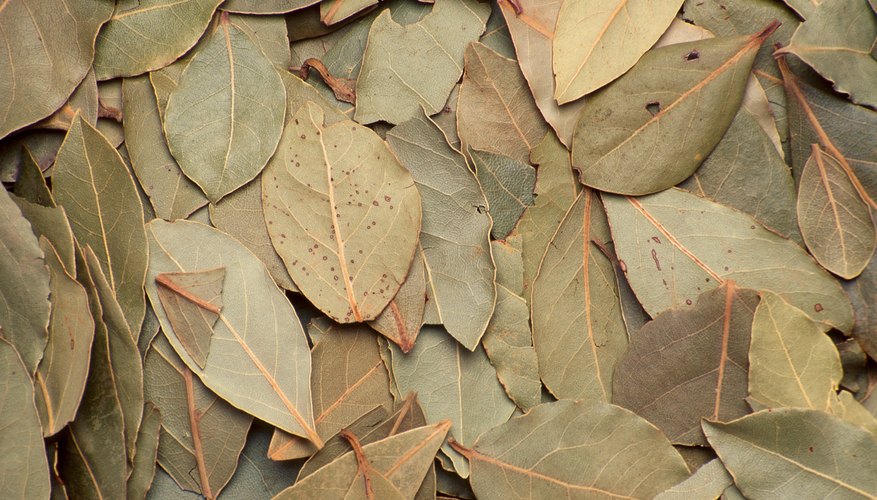Laurels (Prunus spp.) are widely grown shrubs and small trees from the rose family. The evergreen plants are used for creating large screens and hedges, given their fast growth rate and dense foliage. The plants are well adapted to growing in nearly all climatic conditions, and they thrive in areas of full to partial sun. There is often the need to get rid of an unwanted laurel hedge from the landscape. The best way to remove or kill an unwanted plant is to use a recommended herbicide.
- are widely grown shrubs and small trees from the rose family.
- The evergreen plants are used for creating large screens and hedges, given their fast growth rate and dense foliage.
Use products containing glyphosate for killing laurel hedges. Glyphosate is most effective when used in August and September.
Spray herbicide on all leaves of the hedge. This is referred to as foliar treatment and may be used on hedges that are up to 4.5 m (15 feet) tall.
- Spray herbicide on all leaves of the hedge.
- This is referred to as foliar treatment and may be used on hedges that are up to 4.5 m (15 feet) tall.
Cover the plant from all sides, but do not drench the leaves to the point of runoff. Do not use the herbicide on very hot days or on plants that are severely drought stressed.
Repeat application 10 days later. Try not to use the herbicide when there is a chance of rain within six hours.
Cut and remove dead plants with an axe. Dig out small stumps entirely with roots. Grind larger stumps to 30 cm (12 inches) below ground.
WARNING
Glyphosate is a nonselective herbicide that will adversely affect all vegetation that it contacts, including grass. Use glyphosate carefully to avoid damage to desired plants in the garden. To minimise risk of drift to non-target landscape areas, do not spray the herbicide on windy days.
